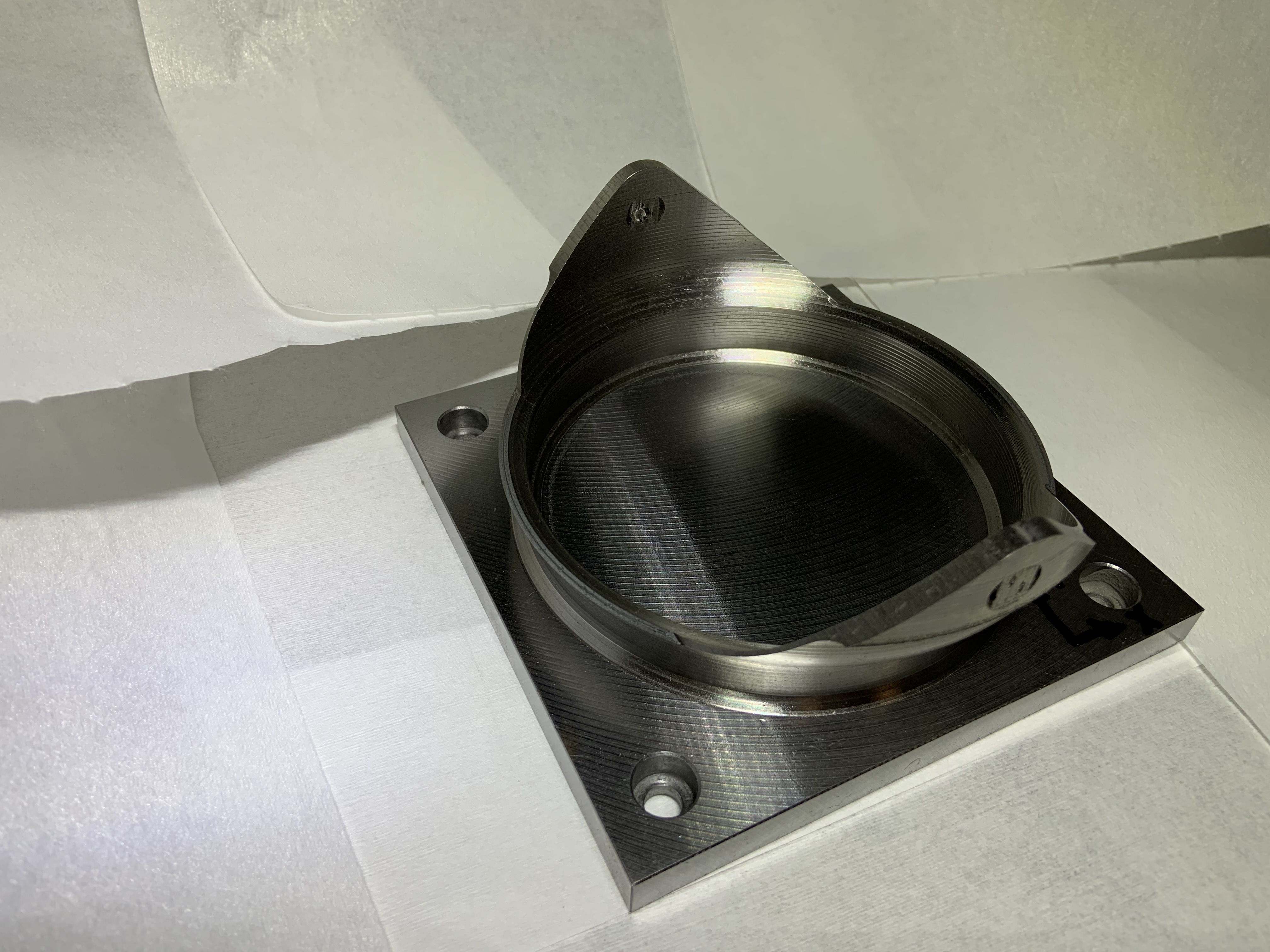
AE Aerospace specialises in machining difficult-to-make precision metallic parts, chiefly in the Aerospace, Marine & Defence mechanical or fluid power systems. Although AE is nominally a make-to-print company, it wishes to elevate its position in the supply chain by working more closely with customers, particularly at the design stage. The company is considering investing in a Markforged Mark Two 3D printer which is capable of making carbon fibre reinforced composite parts. This will be used to manufacture work holding fixtures, 3D facsimile prototype parts, transport part protectors etc. However, when discussing the design and manufacture of parts with a customer, or designing manufacturing fixturing, a metal prototype part would be preferable. For some parts it can take 2-3 months from receipt of drawings/models to producing a first-off part, and a further 1-2 months to refine the fixturing so that production parts are consistently compliant.
AE Aerospace engaged with the DRAMA project to understand the benefits of using a metal additive manufacturing (AM) process to produce rapid high integrity aerospace part prototypes in order to facilitate optimum fixturing design strategies for conventionally machined production parts. By using AM for prototyping a first-off part, AE Aerospace could significantly reduce prototype lead times and offer improved delivery for production parts. Getting a first-off prototype faster gives sufficient time to refine the fixturing and work holding so that the production parts are consistently compliant. In addition, the costs of producing customised tooling for prototyping with subtractive manufacturing are eliminated.
The project would be conducted in two phases: Phase 1 entailed AE Aerospace/NCAM jointly undertaking a product suitability assessment within the framework of the DRAMA ‘Product Suitability for AM’ support package. They would explore the costs and likely reduction in lead time which might result from adopting AM for first-off parts. Together AE Aerospace & NCAM would choose two complex parts to establish which would be best suited to carry forward into the second phase. In Phase 2, AE Aerospace/NCAM would jointly work within the framework of the DRAMA ‘Process Technology Selection and DfM’ support package to undertake detailed design-for-AM, AM build and testing of the chosen part.
NCAM engineers visited AE Aerospace to gain an appreciation of the products currently manufactured and the manufacturing processes involved. After initial assessment of the AE Aerospace components, two components were identified as the potential best candidates for rapid prototyping with AM and a representative Inconel718 Clevis component was developed by AE Aerospace to proceed to the next phase. Considering the material, geometry and surface finish/tolerance requirements, it was deemed technically feasible to manufacture a prototype of the Clevis with Laser Powder Bed Fusion (L-PBF) and Hybrid L-PBF AM technologies. Surface finishing and finish machining operations would be required with L-PBF to get to the required tolerances and surface finish, whilst finish machining would only be required on specific regions if Hybrid L-PBF is used. For both processes the cost of manufacturing is higher compared to the current process but the lead time can be reduced from 3.5 months to less than two weeks.
Based on this understanding, Phase 2 activities were launched to build, inspect and test AM parts. Once built using a Matsuura Lumex 25 Hybrid LPBF machine AE Aerospace observed that some further development work would be required to achieve the required surface finish and dimensional accuracy for the representative Clevis component. The IN718 component incurs high tool wear and was difficult to machine in the presence of powder causing machining marks, whilst residual stresses inherent with the LPBF process resulted in movement of the component during machining and a loss of tolerances.
Although this project finished with a number of questions still unanswered, AE Aerospace have seen enough promise in this project to pursue the AM prototyping route and they have agreed a clear route of further work with the NCAM. The next phase of work will include further builds to assess different build and machining strategies, alongside a detailed assessment of the business case for using hybrid laser powder bed fusion. Completion of these activities will allow AE Aerospace to determine if this technology is viable process for the manufacture of prototype components.
"The DRAMA programme has been extremely important to AE Aerospace. We have completed the first stage of our metal AM strategy, proving that AM can be used to cost effectively manufacture close tolerance components that we were finding difficult to produce using traditional subtractive machining. This experience and knowledge has led us to invest in our first AM machine."
Peter Bruch, Managing Director, AE Aerospace Ltd

AM IN718 Clevis Component